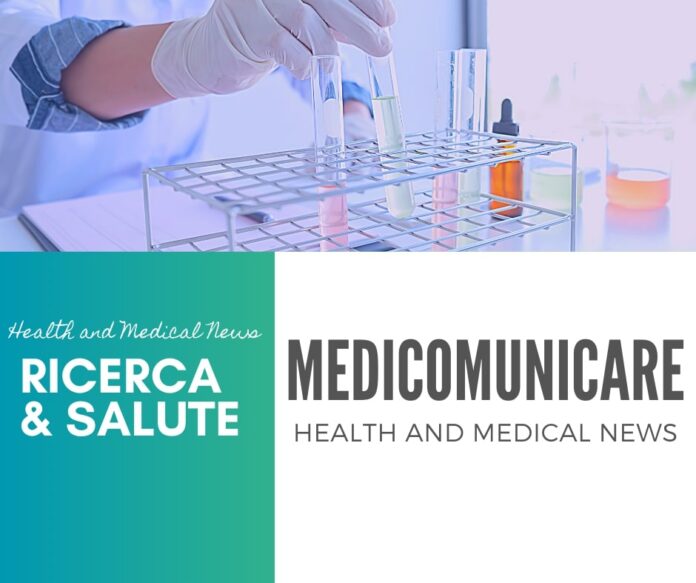Le terapie cellulari sviluppate per trattare una serie di condizioni potrebbero essere migliorate da un composto chimico che aiuta la loro sopravvivenza, suggerisce la ricerca. Test di laboratorio hanno scoperto che la molecola artificiale, un tipo di antiossidante, aiuta a proteggere le cellule sane dai danni che potrebbero verificarsi quando vengono trapiantate in un paziente durante la terapia cellulare. Queste procedure sono già utilizzate per trattare persone con malattie del sangue e per coltivare innesti cutanei per pazienti con gravi ustioni. Il nuovo composto testato è 10 volte più efficace nel proteggere le cellule dai danni rispetto al più potente antiossidante presente in natura, secondo lo studio. Fino al 90% delle cellule può essere danneggiato o ucciso durante il processo di trapianto. Questo può influenzare la probabilità di successo del trattamento. Gli esperti sostengono che il pretrattamento delle cellule prima di essere trapiantate nei pazienti potrebbe aiutare a migliorare i tassi di successo delle terapie cellulari.
I ricercatori stanno cercando di sviluppare tali approcci per trattare condizioni tra cui il morbo di Parkinson e la sclerosi multipla. Gli scienziati dell’Università di Edimburgo hanno esposto le cellule a una sostanza tossica, imitando lo shock che subiscono le cellule quando vengono trapiantate. Hanno quindi testato se il trattamento delle cellule con antiossidanti potesse proteggerle dai danni. Hanno scoperto che il nuovo composto sintetico – chiamato Proxison – ha salvato fino al 90% delle cellule dalla morte. Gli studi con il pesce zebra hanno anche scoperto che il super-antiossidante artificiale può proteggere le cellule dalla morte in un animale vivente. Per ottenere lo stesso risultato era necessaria più di 10 volte la concentrazione del più potente antiossidante naturale testato. I ricercatori sono interessati a sapere se gli antiossidanti possono aiutare ad aumentare le possibilità che una serie di terapie cellulari funzionino. Molti più pazienti potrebbero beneficiare di questi trattamenti se la sopravvivenza cellulare potesse essere significativamente migliorata.
Proxison è stato sviluppato dalla società di biotecnologie di Aberdeen, Antoxis, che ha finanziato lo studio. Il nuovo antiossidante è stato progettato sulla base di un composto naturale presente in frutta e verdura, un polifenolo. Il team ha apportato piccole modifiche alla struttura chimica per generare un super-antiossidante che sperano di trasformare in un farmaco. Sebbene abbia la capacità di eliminare i ROS come altri flavonoidi in un sistema privo di cellule, Proxison è un ordine di grandezza più potente nel proteggere le cellule neurali dallo stress ossidativo ed è in grado di salvare le cellule danneggiate. La combinazione unica di una coda di idrocarburi lipofili con un gruppo polifenolico modificato promuove un’efficiente captazione cellulare e un moderato arricchimento mitocondriale. Dopotutto, i mitocondri sono centri cellulari e sono più vulnerabili agli insulti esogeni e allo stress ossidativo. Rendendoli stabilizzati, aumenta le possibilità di una migliore sopravvivenza cellulare.
Il ricercatore capo, il Dr. Tilo Kunath e il professor Andy Porter del Centro per la medicina rigenerativa del Consiglio di ricerca medica dell’Università di Edimburgo, hanno dichiarato: “Abbiamo scoperto che Proxison è un potente antiossidante molto efficace nel proteggere le cellule dallo stress ossidativo e dai danni ai radicali liberi. Scienziati sia del le sfere accademiche e commerciali sono in prima linea nello sviluppo di nuove terapie cellulari per una serie di malattie debilitanti, ma ci sono ancora molti ostacoli da superare prima di poter sfruttare appieno il potenziale di questo entusiasmante approccio a Questo eccellente lavoro a Edimburgo rappresenta un significativo passo avanti nella rimozione di uno di questi ostacoli con il potenziale per aumentare l’efficacia delle cellule trapiantate nei pazienti e consentire a più pazienti di essere trattati con risorse preziose”. L’intera ricerca è pubblicata sulla rivista Scientific Reports.
- a cura del Dott. Gianfrancesco Cormaci, PhD, specialista in Biochimica Clinica.
Pubblicazioni scientifiche
Drummond NJ et al. Sci Rep. 2017 Sep 19; 7(1):11857.
Chen F et al. Cell Transplant. 2017 Sep; 26(9):1483-95.
Mendivil-Perez M et al. J Pineal Res. 2017 Sep; 63(2).

